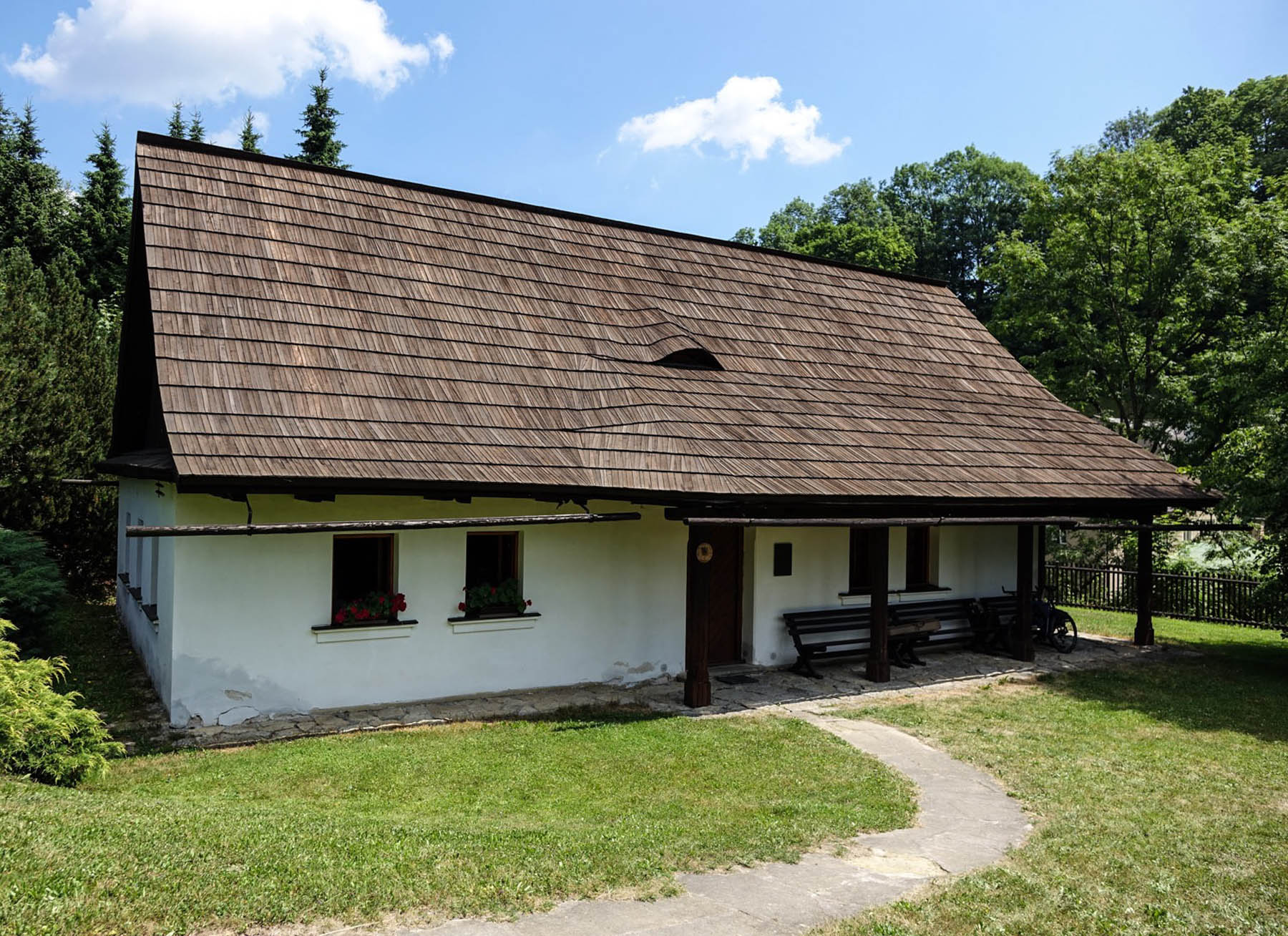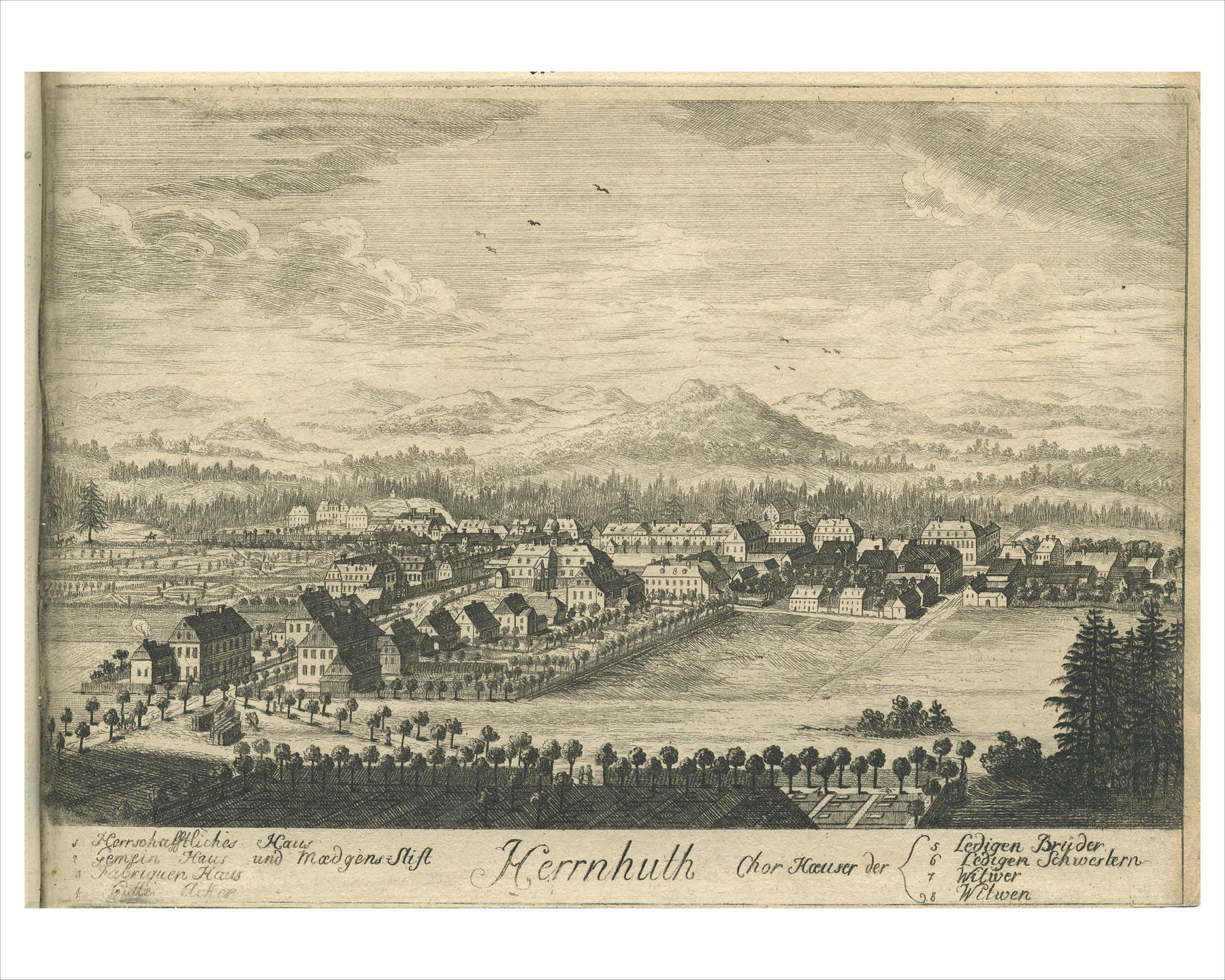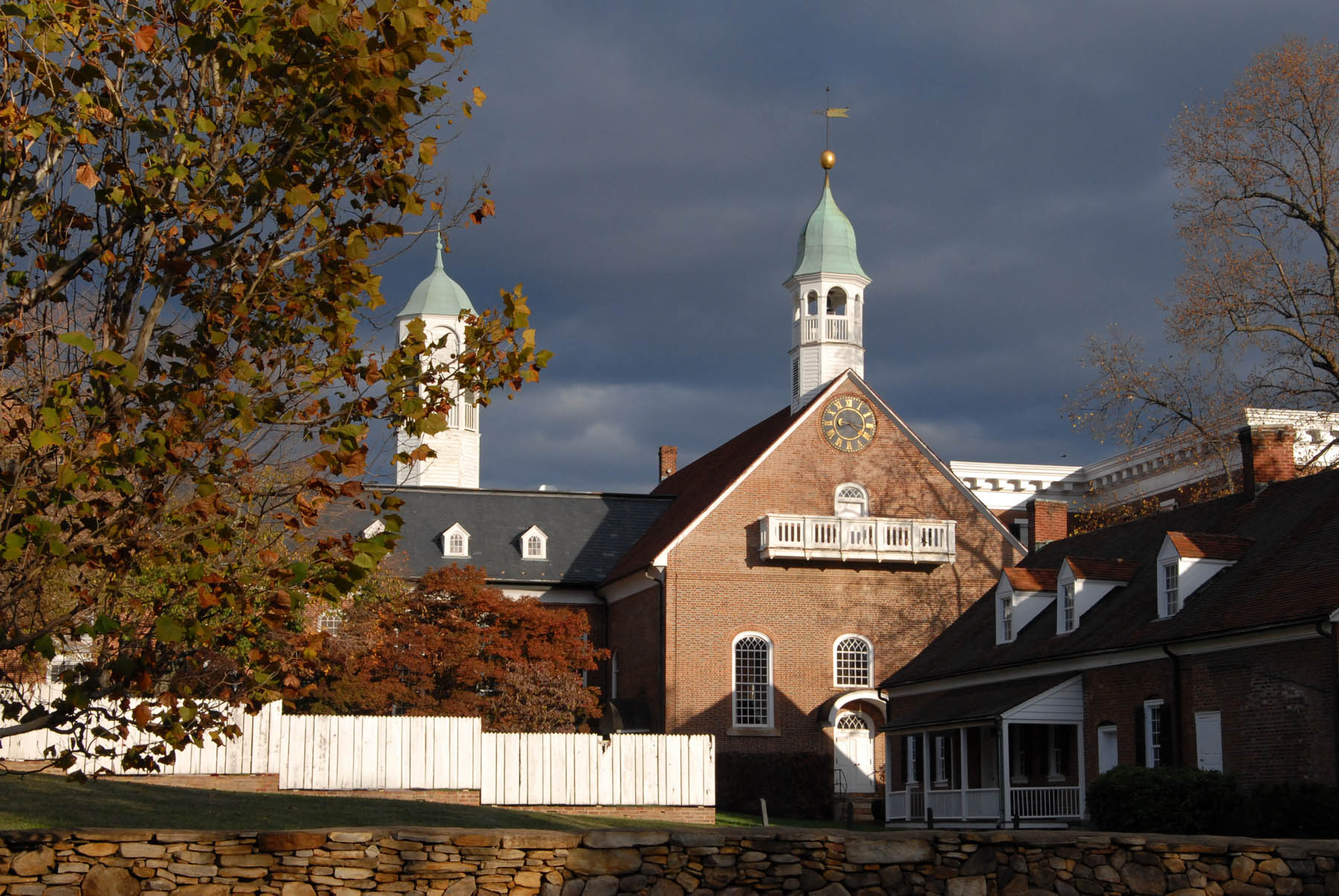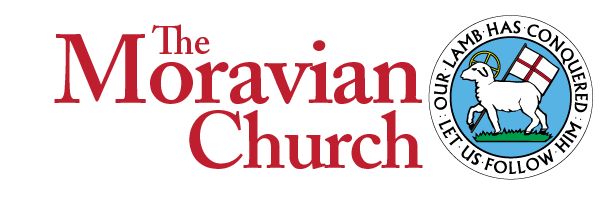Our Faith
The Moravian Church has stood for basic religious principles for more than 500 years.
Moravians recognize the example of Christ’s life and proclaim that Jesus Christ is Lord. Living the Christian life depends not only on our own effort but upon God, who in Jesus Christ accepts us as heirs of God and strengthens and sustains us.
In baptism we are united with Christ in his death, so we have died to sin and should walk in newness of life.
We realize that our Christian faith must continually be nourished if it is to remain living and vital. We desire to grow in our Christian lives through personal prayer and study, family devotions and the opportunities for spiritual development offered by the Church.
We deem it a sacred responsibility and genuine opportunity to be faithful stewards of all God has entrusted to us: our time, our talents and our financial resources. We view all of life as a sacred trust to be used wisely.
Realizing that God has called us from many and varied backgrounds, we recognize the possibility of disagreements or differences. Often these differences enrich the Church, but sometimes they divide. We consider it to be our responsibility to demonstrate within the congregational life the unity and togetherness created by God who made us one.
Moravians have a fellowship with children of God in other Christian churches and recognize that through the grace of Christ, different denominations have received many gifts and that the Church of Christ may be enriched by these many and varied contributions. We welcome each step that brings us nearer to the goal of unity in Christ. In this fellowship we cooperate with other churches in the support of local and global outreach.
A Basic Motto
In accepting other creeds of the Christian Church (such as the Apostles’ Creed, Nicene Creed, and the Augsburg Confession) and in its practice, the Moravian Church is guided by these words:
“In essentials, unity; in nonessentials, liberty; and in all things, love.”
The essentials in “In essentials, unity…” are
God creates us, God redeems us and God blesses us. We respond to God’s action with faith, love and hope.
When we respond to God’s actions, we are in a relationship with God. God loves us and shows us how much by creating, redeeming and blessing us. We love God and show God how much through our faith, love and hope.
The Sacraments
The Moravian Church recognizes the sacraments of baptism and of holy communion. The customary method of baptism is sprinkling, and the church administers the sacrament in the name of the Triune God (Father, Son and Holy Spirit). When infants are baptized, the sacrament carries with it the responsibility of parents, sponsors and congregation to lead, love and nurture them in Christ. Children are baptized as a sign and pledge to them Christ’s promise that theirs is the kingdom of Heaven. Youth and adults confirm their baptismal covenant or are received by adult baptism when they make a profession of faith.
With the sacrament of holy communion, the Moravian Church does not try to define the mystery of Christ’s presence in the communion elements, but recognizes that the believer participates in a unique act of covenant with Christ as Savior and with other believers in Christ. The Moravian service of holy communion is a service of praise and prayer, of fellowship and of the new covenant with Christ and with each other.
For more than five centuries the Moravian Church has proclaimed the gospel in all parts of the world. Its influence has far exceeded its numbers as it has cooperated with religious faiths on every continent and has been a visible part of the Body of Christ. Grateful of its heritage and firm in its faith, the Moravian Church ministers to the needs of people wherever they are.

In the 1450s, The Unity of the Brethren gathered here in Kunwald, now part of the Czech Republic.
Our History
Organized in 1457
The name Moravian identifies the fact that this historic church had its origins in ancient Bohemia and Moravia in what is the present-day Czech Republic. The Moravian Church, or Unitas Fratrum (Unity of Brethren), as it has been officially known since 1457, was organized in Kunwald, about 100 miles east of Prague , by a group led by a man named Gregory. He and his companions believed that Jesus Christ was the true head of the church and no earthly authority should stand in place of Christ. They were inspired by Jan Hus (1369-1415), a Catholic priest and early Czech reformer, who led a protest movement against some practices of the Roman clergy and hierarchy. Hus was accused of heresy, was tried at the Council of Constance and was burned at the stake on July 6, 1415. The reformation spirit did not die with Hus. This was 60 years before Martin Luther began his reformation and 100 years before the establishment of the Anglican Church.
By 1467 the Moravian Church had established its own ordained ministry, and in the years that followed three orders of the ministry were defined: deacon, presbyter and bishop.
Growth, Persecution and Exile
In the 16th century, the Unity of Brethren flourished and developed a rich devotional life. Using a hymnal and catechism of its own, the church promoted the Scriptures through its two printing presses and provided the people of Bohemia and Moravia with the Bible in their own language. Bitter persecution, which broke out in 1547, led to the spread of the Brethren’s Church to Poland, where it grew rapidly. The Thirty Years War (1618-1648) brought further persecution to the Brethren’s Church, and the Protestants of Bohemia were severely defeated at the battle of White Mountain in 1620.
The prime leader of the Unitas Fratrum in these tempestuous years was Bishop John Amos Comenius (1592-1670). He became world-renowned for his progressive views of education. Comenius lived his life in Poland, in England and in Holland, where he died. His prayer was that someday the “hidden seed” of his beloved Unitas Fratrum might once again spring to new life.

Herrnhut, German, circa. 1757
Renewed in the 1700s
The eighteenth century saw the renewal of the Moravian Church through the patronage of Count Nicholas Louis von Zinzendorf, a pietist nobleman in Saxony. Some Moravian families fleeing persecution in Bohemia and Moravia found refuge on Zinzendorf’s estate in 1722 and built the community of Herrnhut.
The new community became the haven for refugees fleeing religious persecution. Count Zinzendorf came to appreciate the heritage of the Unitas Fratrum, encouraged creation of intentional Christian community, and gave the community the vision to take the gospel to the far reaches of the globe. August 13, 1727, marked the culmination of a great spiritual renewal for the Moravian Church in Herrnhut, and in 1732 the first missionaries were sent to the West Indies.
To America in 1735
After an unsuccessful attempt to establish a Moravian settlement in Georgia (1735-1740), the Moravians settled in Nazareth, Pennsylvania, on the estate of George Whitefield. Moravian settlers purchased 500 acres to establish the settlement of Bethlehem in 1741. The two communities of Bethlehem and Nazareth became closely linked in their agricultural and industrial economy. Other settlement congregations were established in Pennsylvania, New Jersey and Maryland. All were considered frontier centers for the spread of the gospel, particularly in mission to the indigenous people.
In the early 1750s, Bishop Augustus Spangenberg led a party to survey a 100,000 acre tract of land in North Carolina, which came to be known as Wachovia after an Austrian estate of Count Zinzendorf. Wachovia became the center of growth for the church in that region. Bethabara, Bethania and Salem were the first Moravian settlements in North Carolina. Around 1800, mission work was begun among the Cherokee.

Home Moravian Church in what is now Winston-Salem, N.C.
Bethlehem in Pennsylvania and Winston-Salem in North Carolina became the headquarters of the two provinces (North and South), which developed as the Moravian Church in America and became established as an autonomous church body after the General Synod of 1848. The church spread out from the geographical centers of Bethlehem and Winston- Salem, following German and Scandinavian emigrants to the Midwest. At the end of the nineteenth century they responded to the spiritual needs of Moravian refugees who were fleeing to western Canada because of persecution in Eastern Europe. Such wide geographical spread caused the Northern Province to be divided into Eastern, Western and Canadian Districts.
After World War II, strong pushes for church extension took the Northern Province to Southern California as well as to some Eastern, Midwestern and Canadian sites. The Southern Province added numerous churches in the Winston-Salem area and throughout North Carolina, and extended its outreach to Florida and to Georgia. Today the Moravian Church has congregations in 20 states or provinces in the USA and Canada.
Our Ministry
A strong commitment to a biblical faith inherited from the ancient Unitas Fratrum and a zeal for global outreach that came with the eighteenth century renewal of the church remain as foundations of the Moravian Church today.
EDUCATION has always played a vital part in Moravian church life. Moravian schools and colleges are found throughout the Moravian world. Strong Christian educational programs are an integral part of each congregation’s life. Camps, conferences and retreats are held in each area of the church for children, youth and adults.
WORSHIP in the Moravian tradition has a strong emphasis on its rich musical heritage. Chorales and hymns reflect the faith and creativity of the Moravian Church. The Moravian Music Foundation has preserved a treasury of music and supports the creation of new music. Trombone choirs or brass bands traditionally play for festivals of the church in many congregations. The liturgies of the church follow the seasons of the Church Year. The Moravian lovefeast is a service of song with the sharing of food. The Christmas Eve candle service and the Easter Dawn worship are annual highlights for congregational worship. A devotional guide called The Daily Texts has been published since 1731.
GLOBAL PARTNERSHIPS AND OUTREACH remain a strength of the Moravian Church. Moravian work is found throughout the world. Through the North American Board of World Missions, we partner with Moravians in medical, social, educational and evangelistic ministries. Strong international ties are fostered through the Unity Synod, a gathering of Moravians from all over the world, which meets every seven years.
SOCIAL JUSTICE AND REFORMS have been a continuing concern for the denomination. The denomination and its congregations have long championed the cause of oppressed. Responding to the gospel call, churches are engaged in feeding the hungry, advocating for prison reform, sheltering the homeless and more.
ECUMENICAL COOPERATION with other denominations is a strong practice of the church. The Moravian Church is a charter member of the World Council of Churches and the National Council of the Churches of Christ in the U.S.A.
The CONGREGATIONAL LIFE of each congregation is the mainstay of the Moravian Church. Its churches seek to serve the communities in which they are located and to minister to a needy world.



